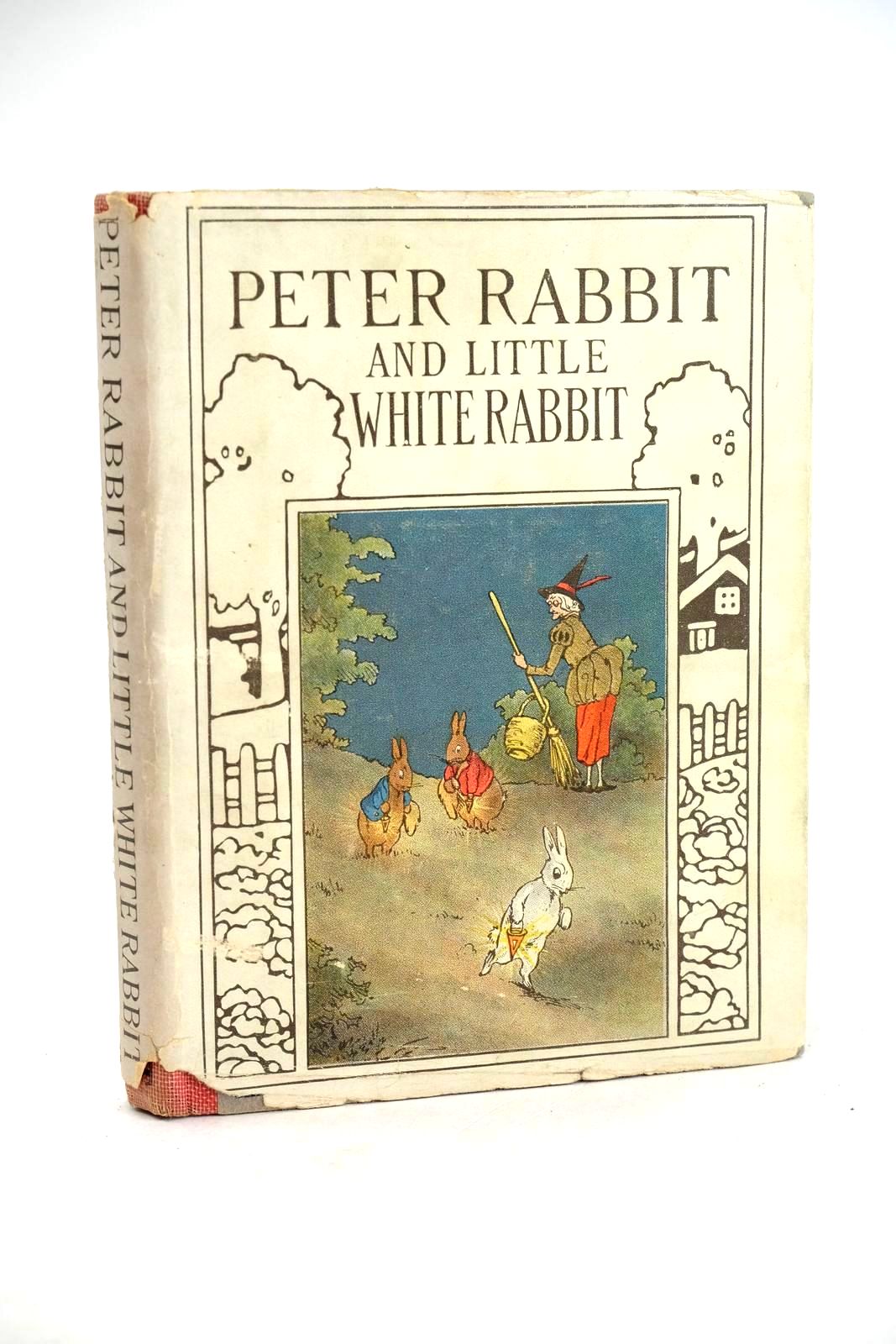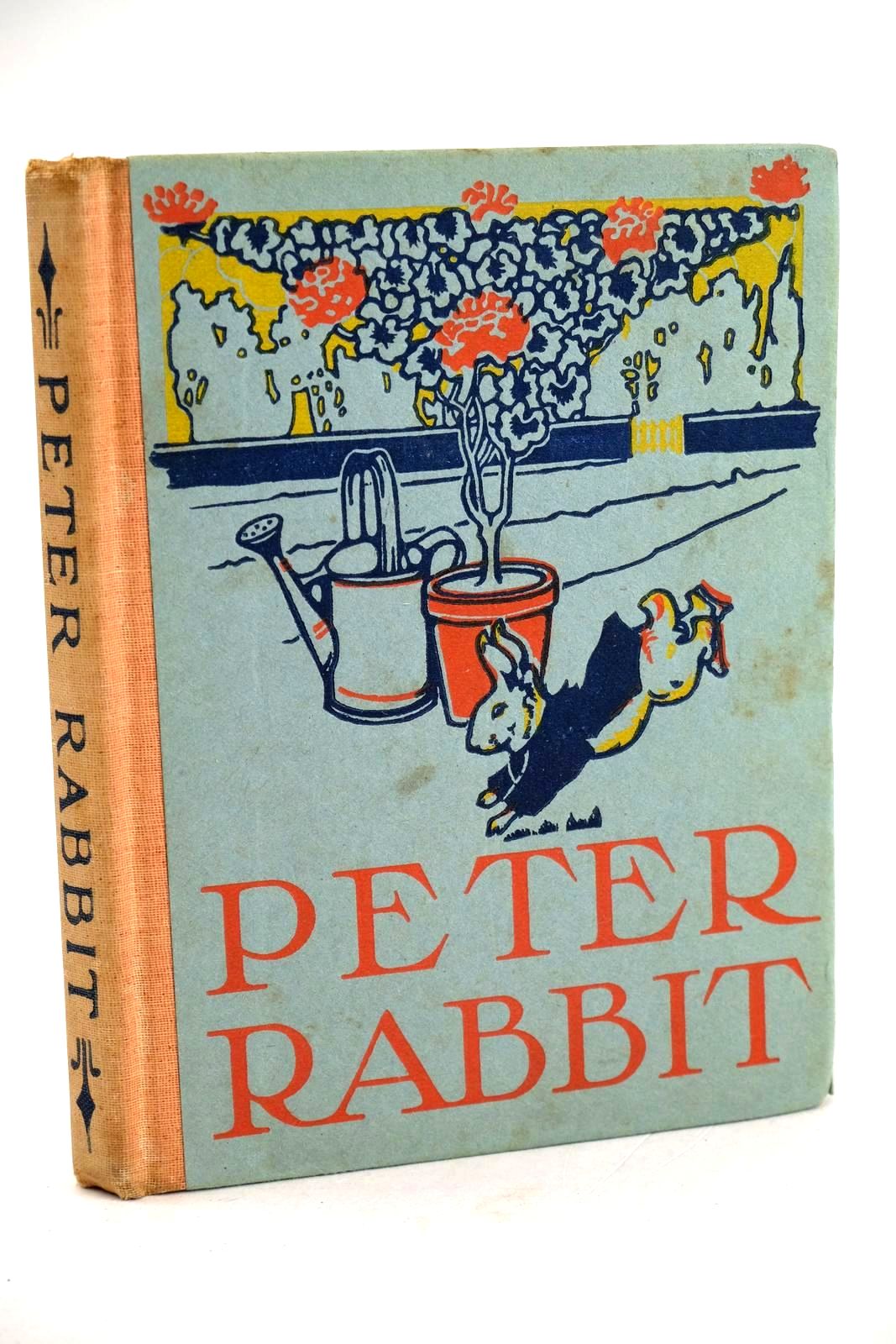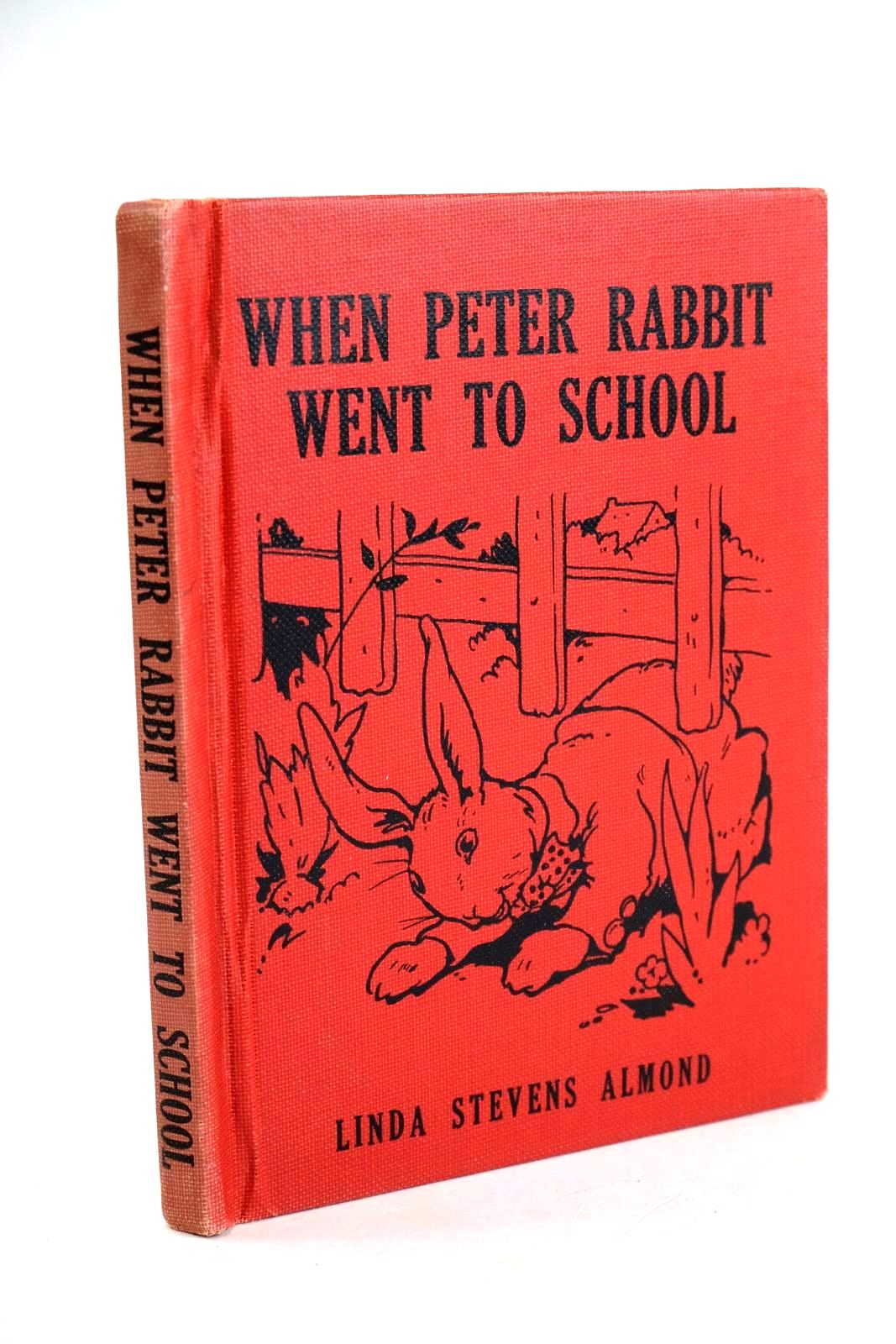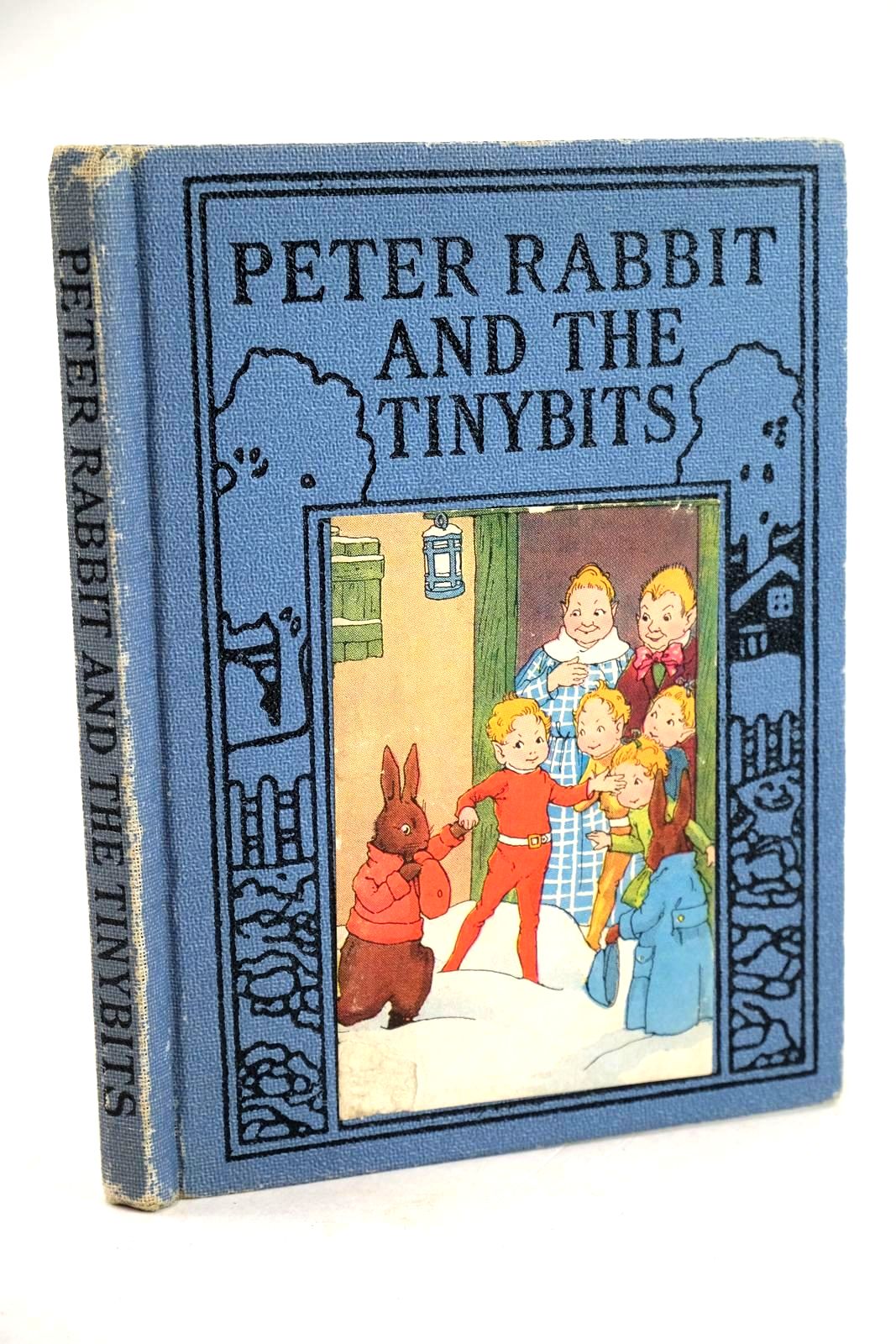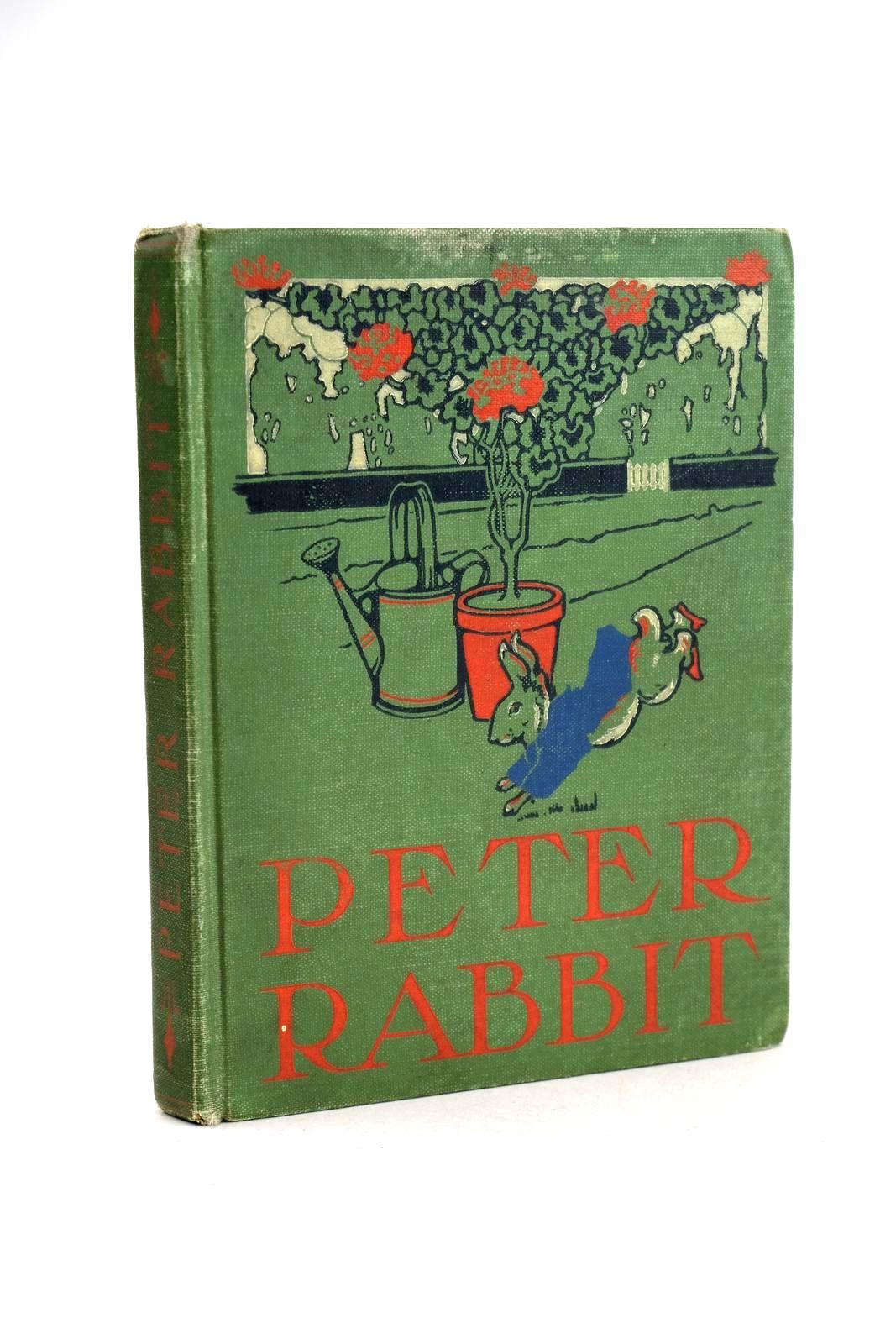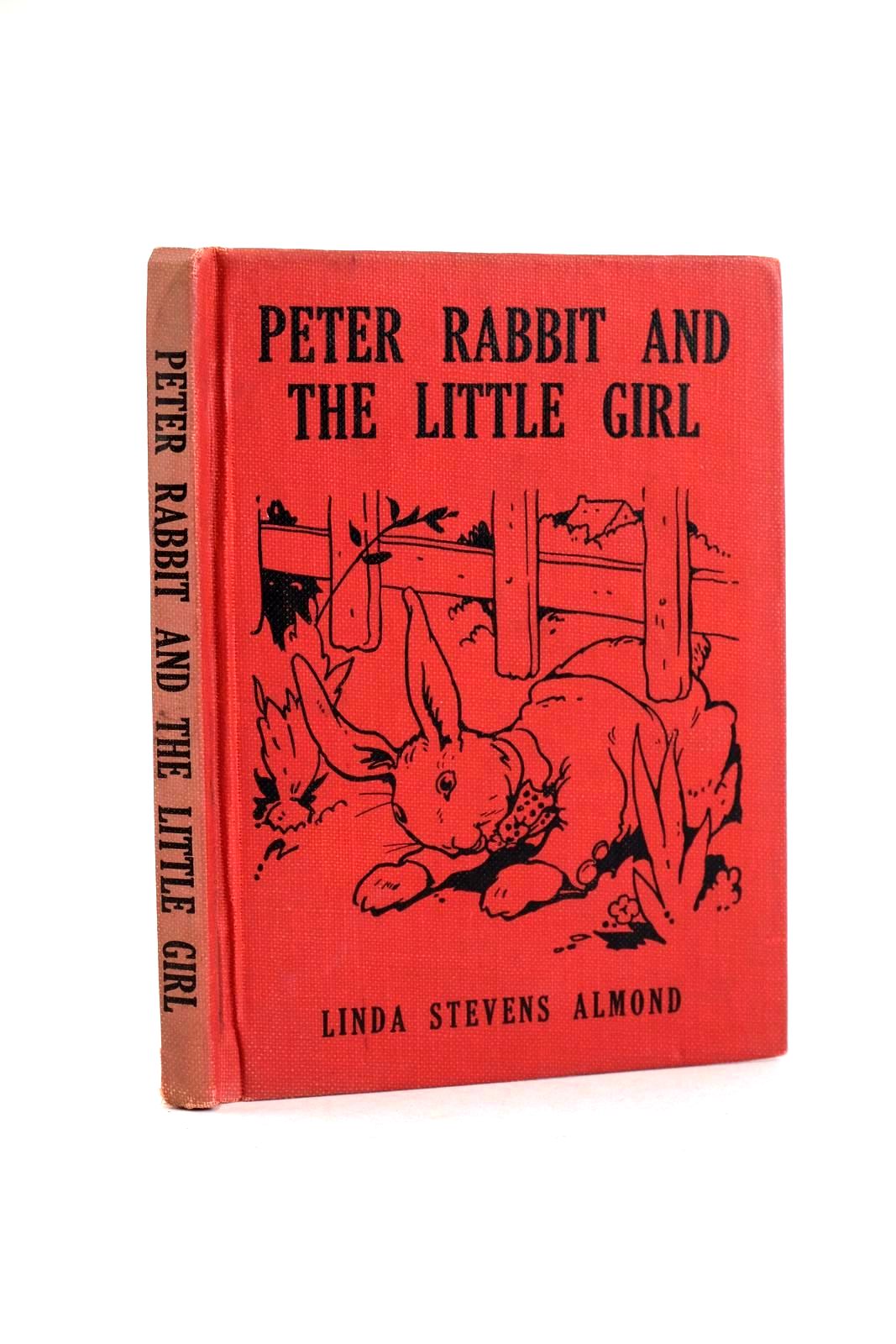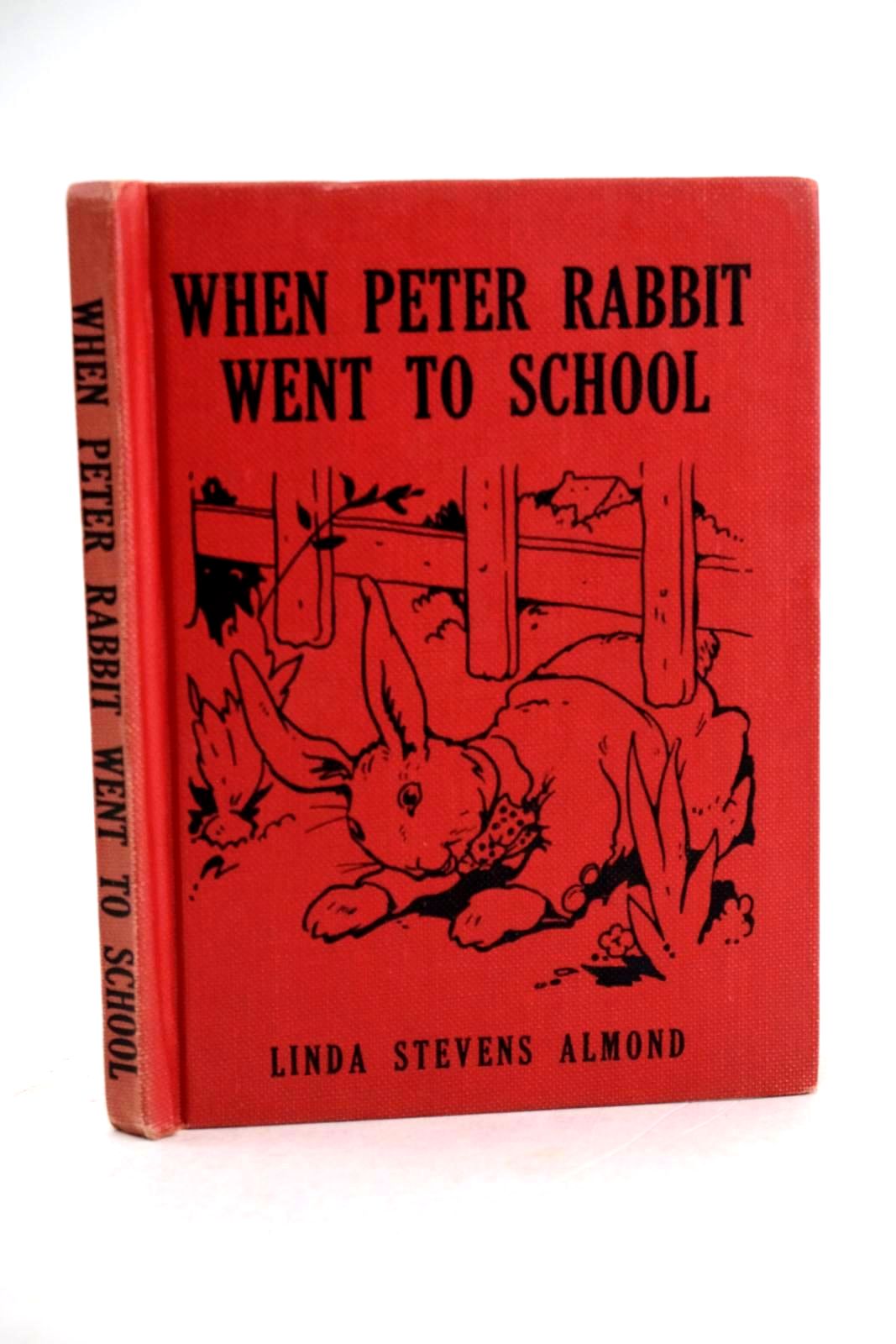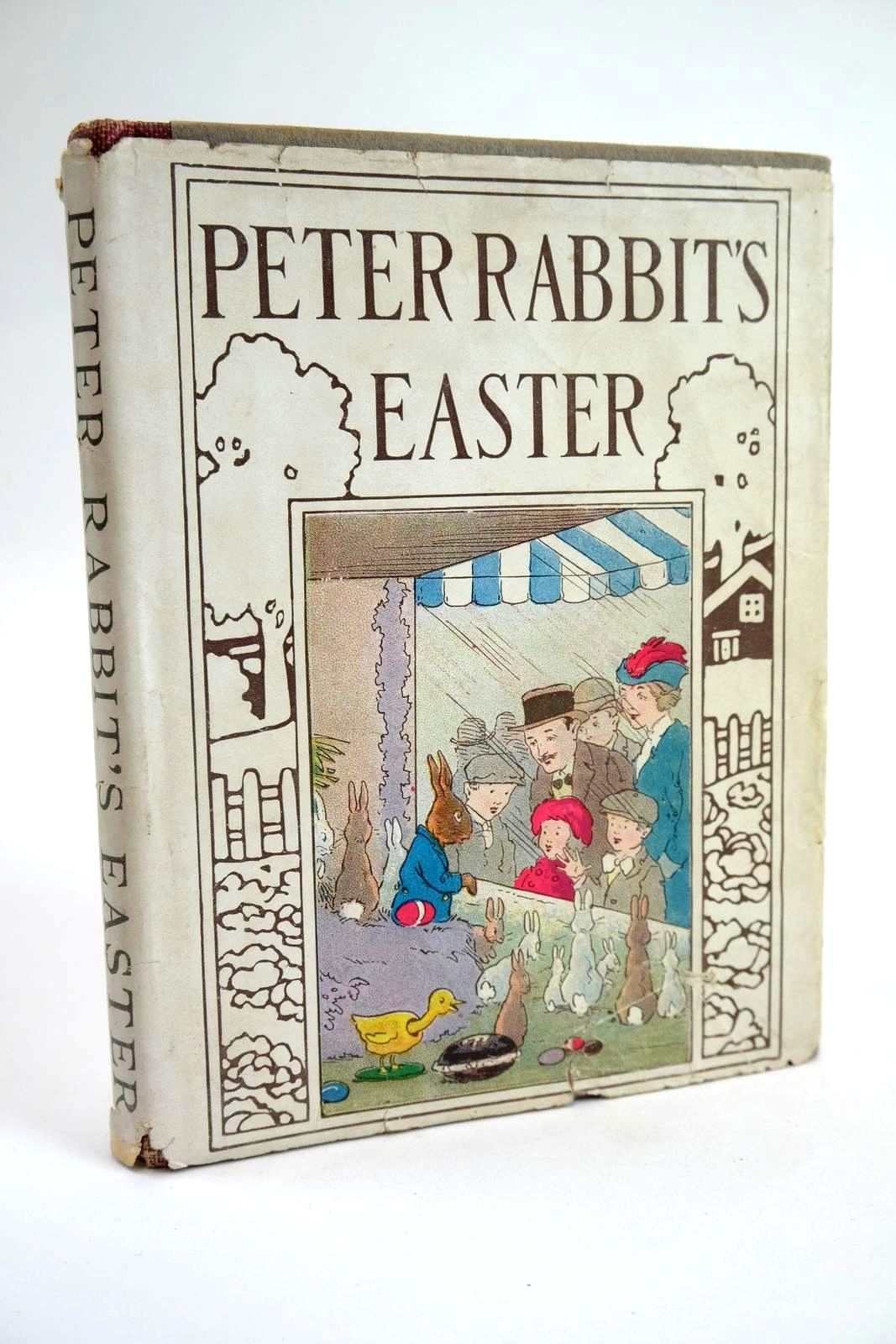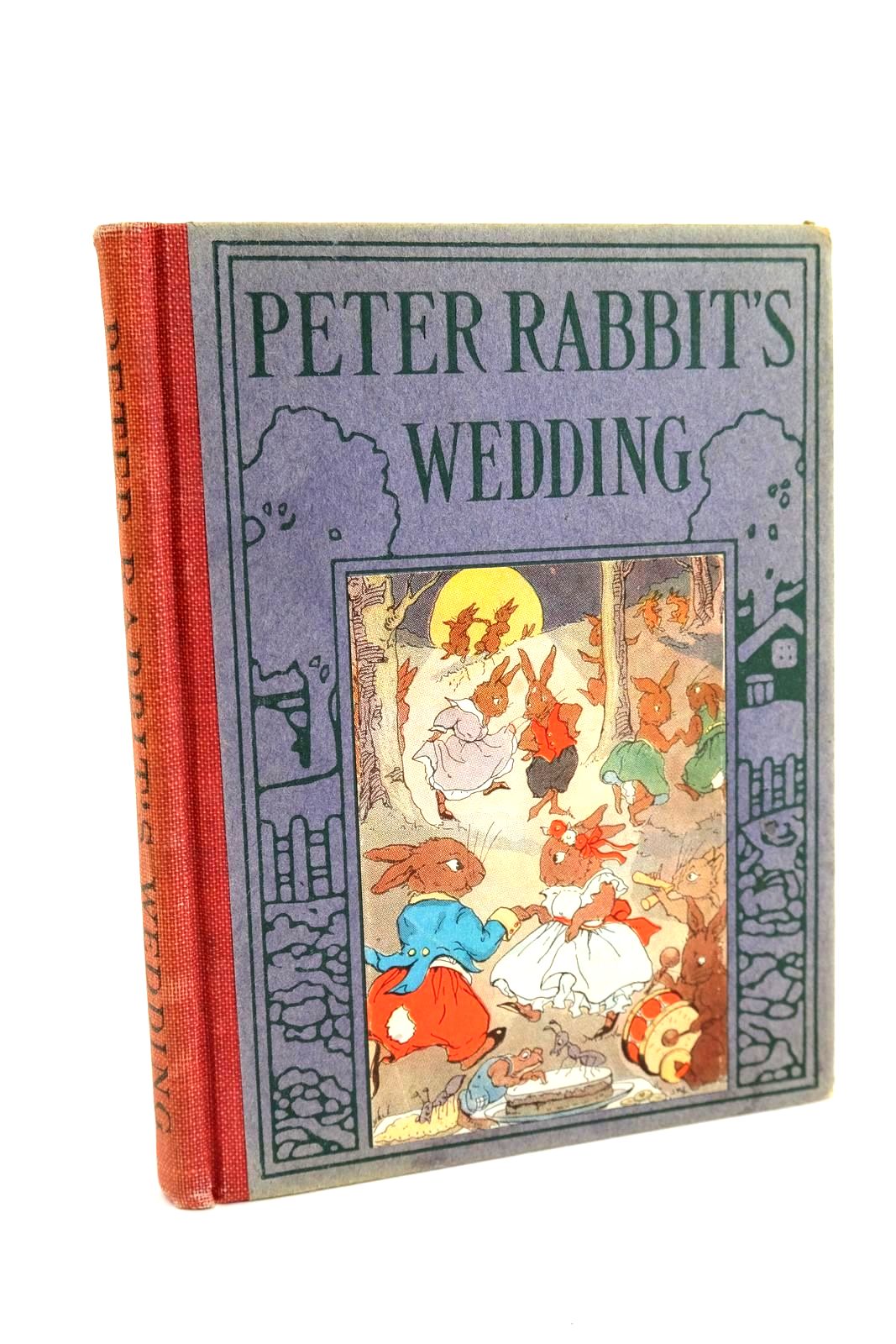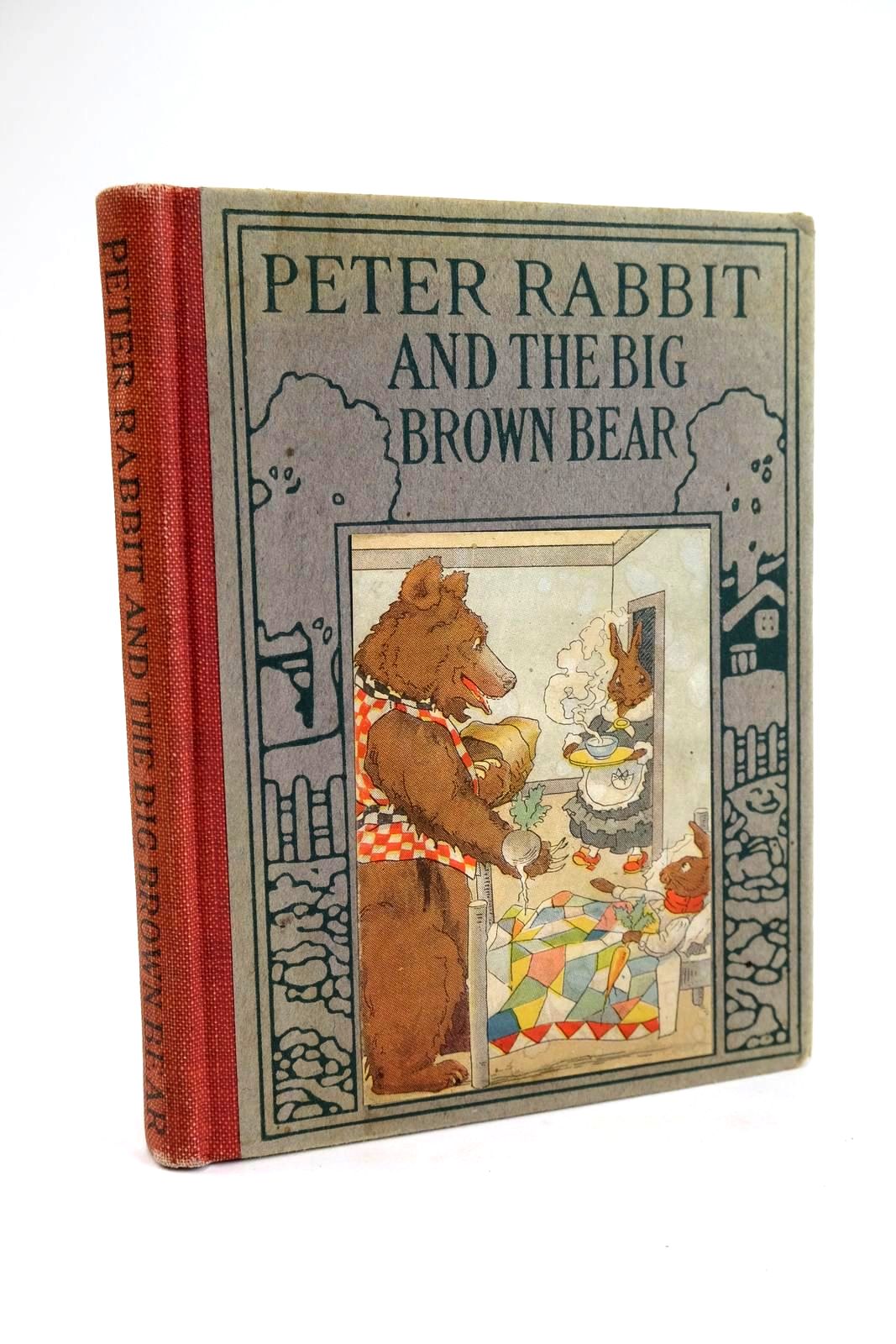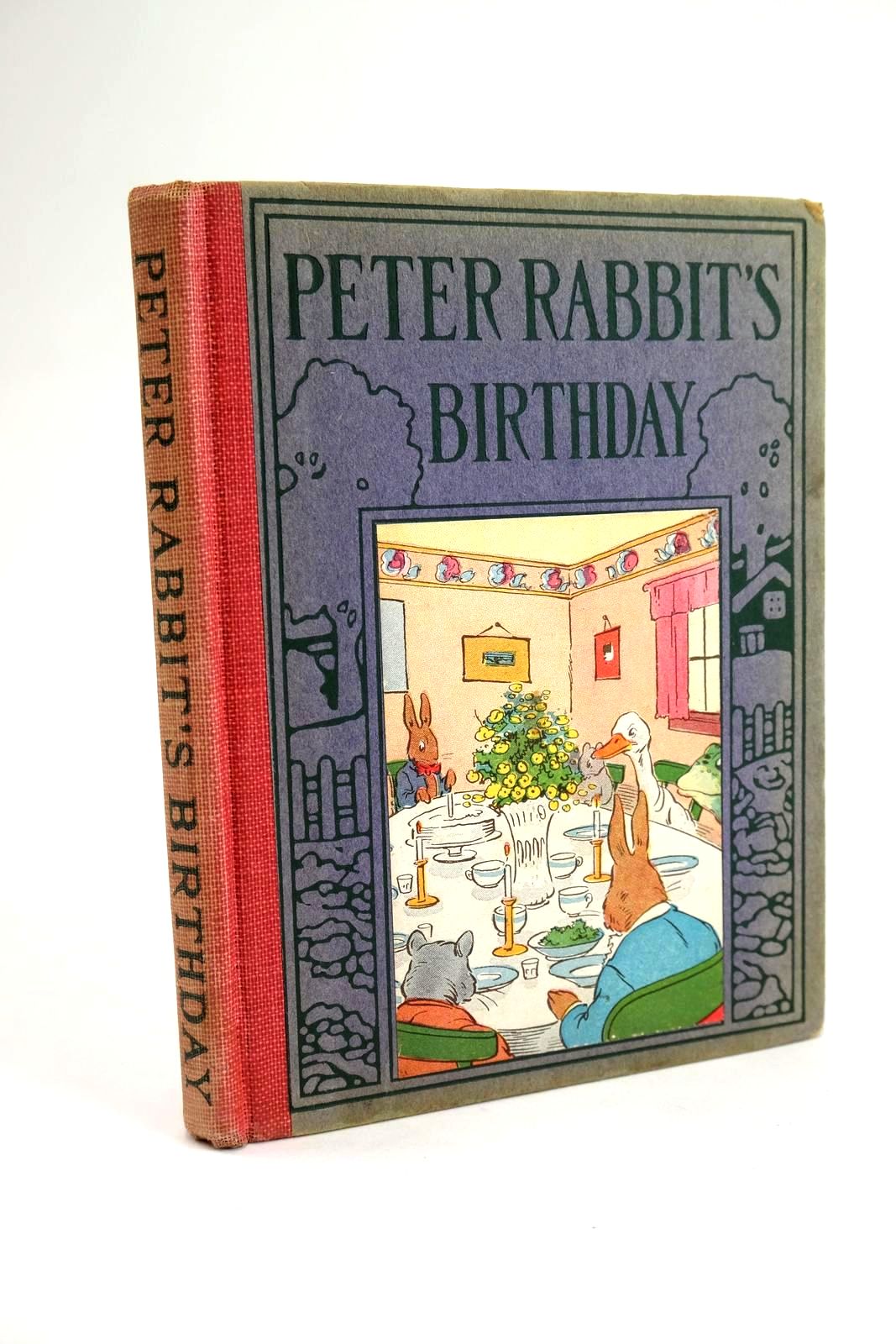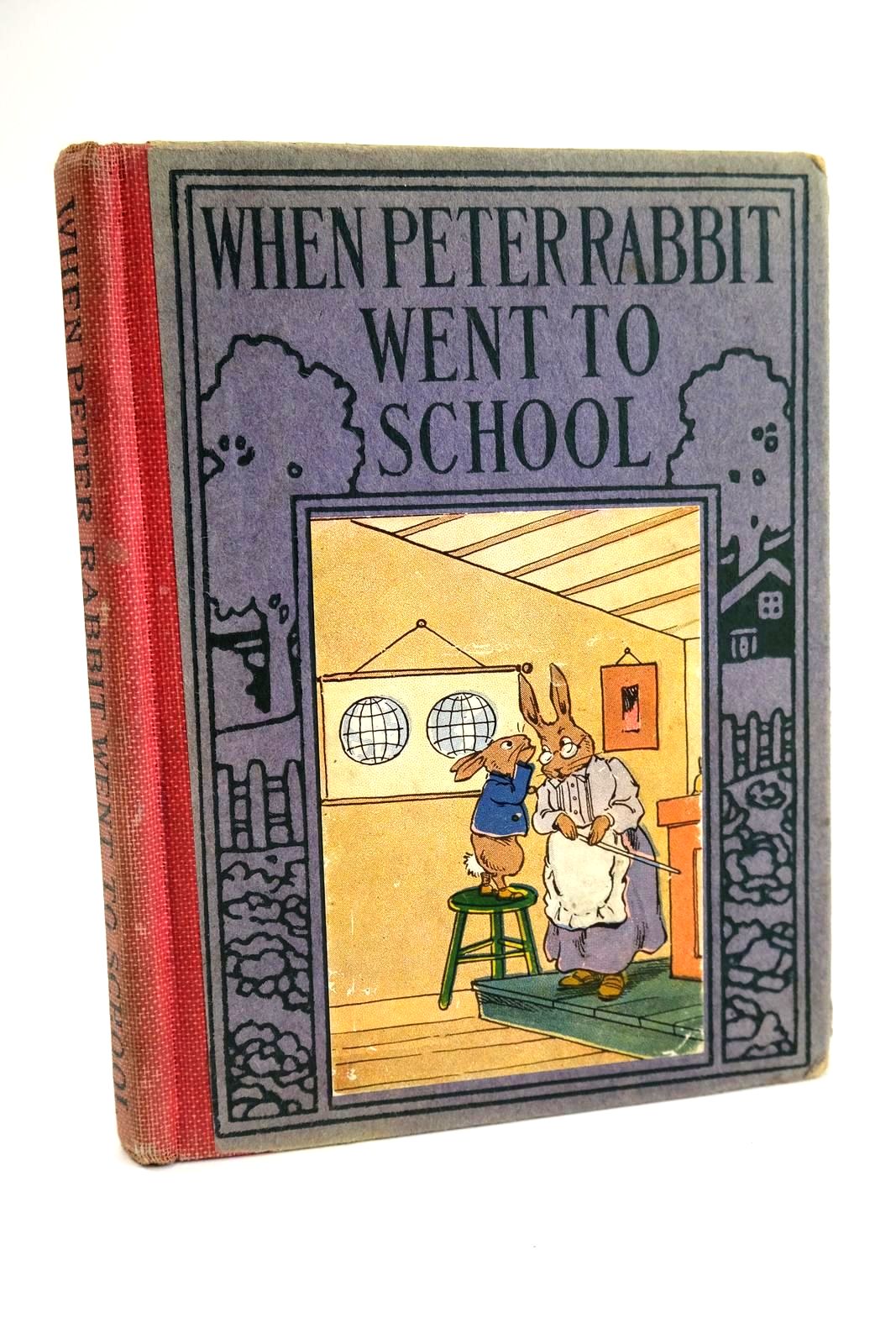The Tailor of Gloucester By Beatrix Potter
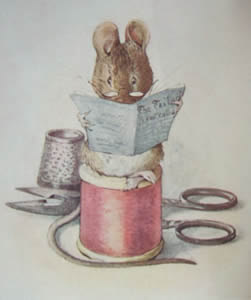 View current stock of this title
View current stock of this title
The second of the twenty-three Peter Rabbit tales, The Tailor of Gloucester, was Beatrix Potter’s personal favourite. In a presentation copy of Warne’s edition Beatrix wrote ‘This is my own favourite amongst my little books’. Along with many of the other Tales, The Tailor originally started life as a picture letter to a child. The child in question was Winifreda Moore (often called Freda or Frida), second daughter of Annie Moore, Beatrix’s former companion and dear friend.
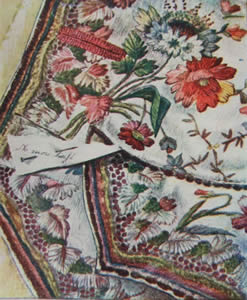 It was while visiting a cousin who lived in Stroud in Gloucestershire that Beatrix first heard the strange story of the Tailor of Gloucester. One evening the tailor, who was very poor, left in his shop a waistcoat, which he was making for the Mayor of Gloucester who was to be married on Christmas day. He had cut it out but not made it up. He fell ill and didn’t go back to the shop for three days and nights – what would become of the poor tailor if the waistcoat was not ready for the Mayor’s marriage?
It was while visiting a cousin who lived in Stroud in Gloucestershire that Beatrix first heard the strange story of the Tailor of Gloucester. One evening the tailor, who was very poor, left in his shop a waistcoat, which he was making for the Mayor of Gloucester who was to be married on Christmas day. He had cut it out but not made it up. He fell ill and didn’t go back to the shop for three days and nights – what would become of the poor tailor if the waistcoat was not ready for the Mayor’s marriage?
When he finally returned to the shop he found the waistcoat finished except for one button-hole – obviously, as the tailor thought, made by the fairies! A little scrap of paper was pinned to the garment bearing the legend ‘no more twist’. This was based on a true story, outlined in Leslie Linder’s excellent reference book ‘A History of the Writings of Beatrix Potter’, from which much of the information for this article is drawn. Beatrix was intrigued, she felt she must make this strange happening into a story - the mayor and the tailor remained true to life but the fairies were changed into mice!
 While in Gloucester, Beatrix sketched the streets, buildings and cathedral arch as well as the interior of a number of cottages in the area. When she returned to London she visited a tailor’s shop where she could observe first-hand the accoutrements of the tailor’s trade and the manner in which he worked. Beatrix Potter was nothing but thorough in her research for her version of the story!
While in Gloucester, Beatrix sketched the streets, buildings and cathedral arch as well as the interior of a number of cottages in the area. When she returned to London she visited a tailor’s shop where she could observe first-hand the accoutrements of the tailor’s trade and the manner in which he worked. Beatrix Potter was nothing but thorough in her research for her version of the story!
By December 1901 the story was finished and Beatrix gave it to Freda Moore as a Christmas present. It’s interesting that this original manuscript, which included 12 exquisite water-colour drawings, is also the longest version of the story, having many of Beatrix’s favourite rhymes and Christmas songs woven throughout. This same month, the privately printed Tale of Peter Rabbit was published by Strangeways and Frederick Warne & Co had agreed to publish a coloured edition. Beatrix, thinking that Warne would not publish another title so soon after the first, and, even if they did, they would be likely cut out many of the verses, decided to have The Tailor of Gloucester printed privately too, with colour illustrations throughout. Six new pictures were painted for this publication, others were redrawn and some were left out.
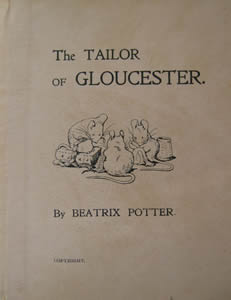 Beatrix worked through the manuscript and shortened it in places and also deleted some rhymes. The result was printed in pink paper boards, only 500 copies in total, in the same small format as the Tale of Peter Rabbit and with a black and white drawing of three little mice on the front. At the time of writing Stella and Rose’s Books have two copies of this delightful and rare little book in stock, one with a signature and inscription in Beatrix’s own hand to Cicely Roscoe - Henry Enfield Roscoe was Beatrix's uncle and so Cicely was probably related to Beatrix.
Beatrix worked through the manuscript and shortened it in places and also deleted some rhymes. The result was printed in pink paper boards, only 500 copies in total, in the same small format as the Tale of Peter Rabbit and with a black and white drawing of three little mice on the front. At the time of writing Stella and Rose’s Books have two copies of this delightful and rare little book in stock, one with a signature and inscription in Beatrix’s own hand to Cicely Roscoe - Henry Enfield Roscoe was Beatrix's uncle and so Cicely was probably related to Beatrix.
By 1903 Warne had decided to publish the Tailor along with the Tale of Squirrel Nutkin. Beatrix set to and repainted nine of the sixteen pictures in the private edition and eighteen new pictures were added making a total of twenty-eight. Warne had indeed requested cuts and so she shortened the text substantially, mainly the part of the story which contained her rhymes and verses. It was in 1903 that the question of special illustrated endpapers arose. Beatrix herself was a little concerned that ‘when fully coloured and repeated four times it may look rather heavy for so small a book’. However she thought that may ‘come out all right’, which indeed it did. The coloured endpapers now play an important part in identifying different editions of the early printed Tales.
Different editions – hmm, this poses quite a problem for the collector as the Tales were printed with the copyright date on the reverse of the title page and so reprints are often mistaken for first editions. The first edition, first printing was published in August 1903, in grey or dark blue paperboards and the year 1903 appears on the front of the title page. But, the year also appears on the title page of the second printing published in September 1903. So now we have to look to the endpapers for identification. The first printing has a single-page endpaper occurring four times, the second printing has a double-page endpaper occurring twice! A deluxe edition bound in art fabric with a design of pansies was also published in 1903. Beatrix referred to these as ‘bound in a flowered lavender chintz, very pretty’.
In addition to the private printings and first editions of the Tales, there are available to the collector a host of early printings dating back to before 1919 when Warne & Co became a limited company. The little books were still being printed with blank pages at this stage but in later editions the number of pages were reduced with the pictures and text being printed on both sides of the paper. While the books produced between 1919 and 1940 are very difficult to date without a dated inscription, during the 1940’s Warne began to produce editions which enable the collector to date them fairly accurately. At the rear of the book or on the reverse of the title page there appears a number, the last two digits of which indicate the year the book was published.
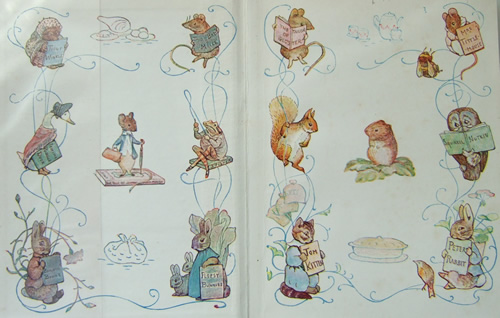
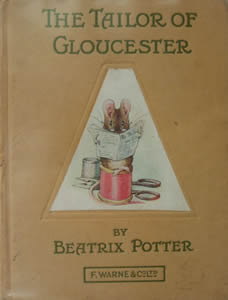
The Tailor of Gloucester and its companion Tales are still being reprinted in various editions and bindings to this day, providing variety and interest for the collector of classic children’s books.
PS. Mr. John Pritchard, the original tailor, died in 1934 and was buried in the cemetery of St. Mary’s Church, Charlton Kings near Cheltenham. His tombstone bears the inscription ‘The Tailor of Gloucester’, a tribute from the City of Gloucester to both the memory of the tailor and to the author who immortalised the Tale, Beatrix Potter.
View all current stock of books by Beatrix Potter
Contributed by Chris
(Published on 17th Dec 2014 )


